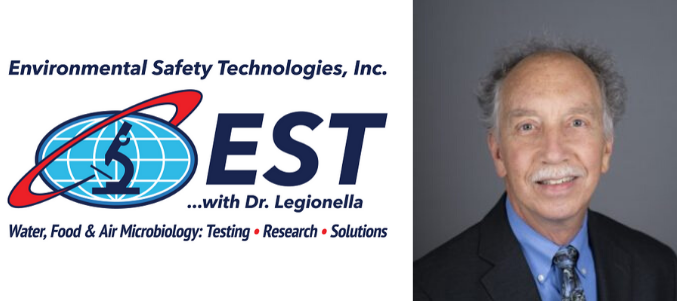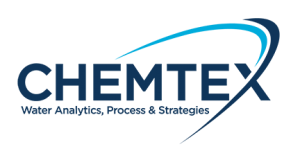
Biocides To Consider For Minimizing Legionella Risk
As we discussed in our recent post, Best Biocides for Cooling Towers, there are many biocides available for reducing the risk of Legionella and other biological growth in cooling towers. In that article, we elaborated on the difference between oxidizing and non-oxidizing biocides, and discussed the many factors to consider when evaluating your options.
While biocide application is an important component of your treatment program, minimizing Legionella risk in cooling towers has many elements, and documenting your efforts is a critical part of the job. Maintaining accurate, up-to-date records and logs is also critical; it helps you learn from the application and potentially improve your program. Documentation is also essential to prove you’ve been following protocol and regulations, should any problems ensue.
Documentation includes tracking how and when you are inspecting the tower, inside and out. Is it clean? What are you finding?
You need to keep a record of what biocide has been fed, and test levels for halogen (oxidizer). Is halogen fed continuously or intermittently? The CTI (Cooling Technology Institute) prefers continuous feed of halogen.
Bacteria levels in tower water must also be documented. The recommended target values for routine treatment of cooling water are shown in a CTI article.
An inventory record provides confirmation on biocide feed.


Are some biocides better than others at controlling Legionella?
While not much data is available on what biocides are best at controlling Legionella, Dr. Richard Miller has done some preliminary studies.
Here’s what he found.
High Performing Biocides to Fight Legionella
- Quat + Bromine
- Quat + Hydroperoxide
- Iso + Quat
- Iso + Carbamate
- Iso + THPS
- THPS + Bromine
- THPS + Carbamate
- THPS alone
Under-Performing Biocides to Fight Legionella
- Bromine alone
- Quat + Carbamate
These are preliminary studies which give some guidelines. While heavily fouled systems may not benefit from the use of THPS (Tetrakis hydroxymethyl phosphonium sulphate, an environmentally friendly biocide), data from Dr. Miller’s studies suggests incorporating THPS into the biocide program may be a good investment.
Consult with Chemtex
Talk to your Chemtex Reps! They can help determine your best options for proper biocide selection to help minimize an unwelcome incursion of Legionella.


/NQA-ISO-9001-Logo-ANAB.jpg)